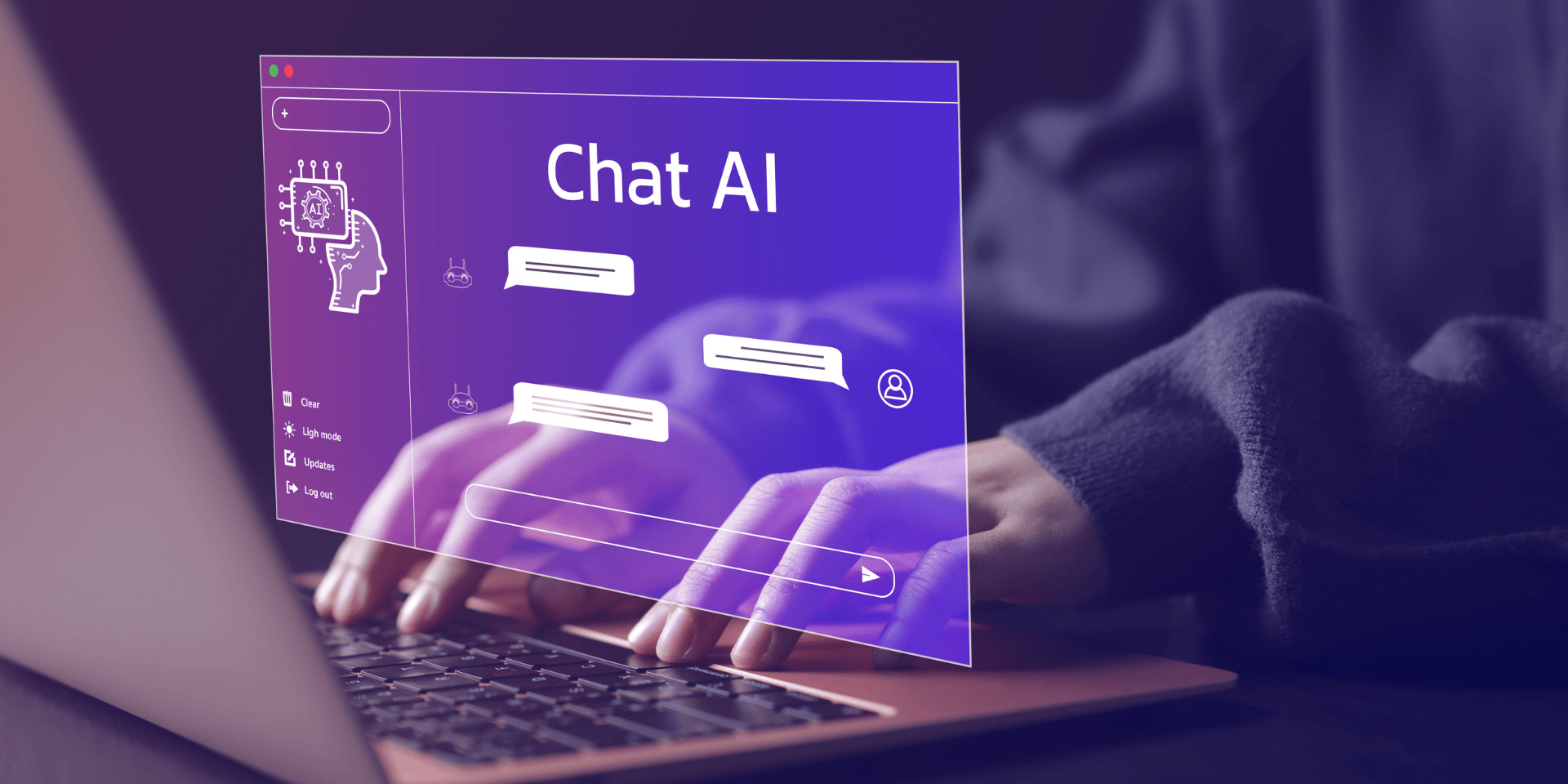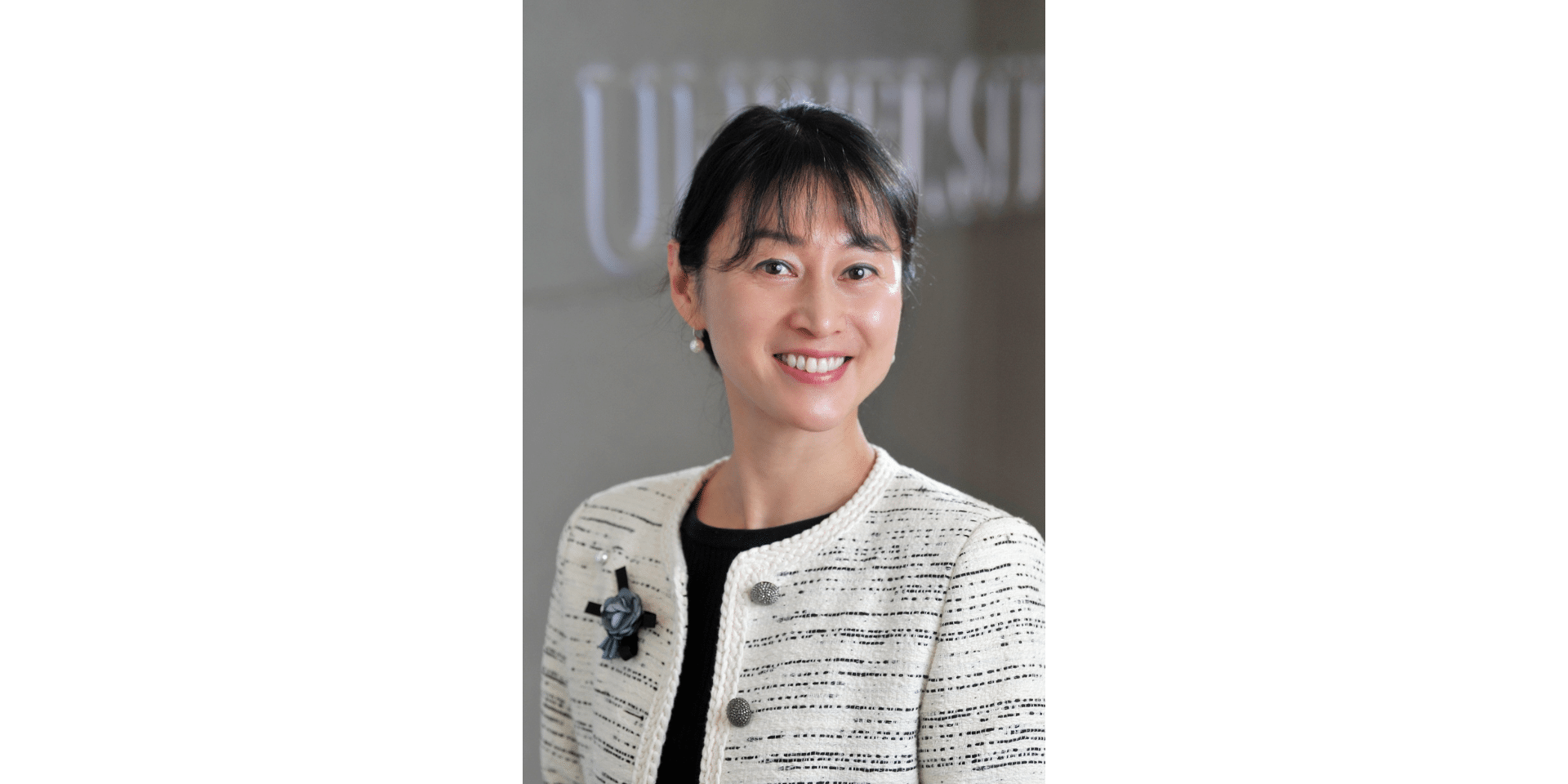
There’s a mass and maturing reimagining of what’s possible with jobs underway. Women are already in the room -- let’s now get them more seats at the table.
Artificial Intelligence (AI) is no longer an emerging trend — it’s arrived and is making noise across all industries at this halfway point of 2025.
From co-pilots to autonomous agents, AI is now redefining the practicalities of how work gets done across almost every key sector.
With AI redefining jobs, a central question needs answering…
Amid this rapidly sweeping transformation, a question is understandably increasingly being asked:
Who gets to shape the future that AI creates?
As the CEO of an AI-powered software testing company, I’ve been at the forefront of this gigantic shift in technology and operations, so I have a few potential answers I’d like to share, writes Tal Barmeir, chief executive officer and co-founder of BlinqIO.
AI for women in tech is about much more than just disruption
For our Boston, Massachusetts-based business, I have helped develop an autonomous “AI Test Engineer.” It’s capable of turning plain-language requirements into production-grade automation code across 50 languages and platforms.
And it doesn’t just speed up testing cycles; it reimagines what’s possible.
Such developments force us to ask questions, not only about the roles we hire for and the skills we prioritise, but who we invite into the room.
At the time of writing, I think that, for women in tech, AI presents not just disruption, but powerful opportunity.
As 2026-27 comes into sight, AI isn't closing doors; it's removing barriers
The familiar narrative around females, their technical capabilities and whether women can stay ahead of the curve resurfaces each time new tech-powered capabilities emerge.
In my experience, I haven’t seen any hesitation from women about engaging with AI. And that’s a good thing, considering some studies show that women are more reluctant than men to go forward for jobs which list ‘data’ and ‘numbers’ among the prerequisites women’s hesitation to go forward for jobs requiring data. On the contrary with Artificial Intelligence, I’ve seen an eagerness from women to learn, adapt, and lead.
AI fluency = thinking, understanding, expressing…
At our software testing company, we’ve built a culture where what we’d call ‘fluency in AI’ is part of everyone’s role and not just for engineers.
Therefore, our AI doesn’t demand that employees master five testing frameworks, for example, rather, it requires that they:
– think logically;
– understand workflows, and;
– express requirements.
That shift doesn’t lower the bar, it changes it.
And it also opens space for more diverse contributors to thrive.
I think such radical transformation reflects a broader shift in the AI ecosystem.
Five AI roles companies want to fill, and fast
Today, as we enter the third quarter of 2025, success in AI is as much about understanding context and consequences as it is about algorithms.
In the AI jobs space, companies like ours need:
- Ethicists;
- Product Thinkers;
- Linguists;
- Designers, and;
- Coders
In short, we require more female input in AI’s role and development. I believe women need to be shaping what AI is and isn’t allowed to do — in addition to recognising what Artificial Intelligence must do better.
What job tasks might AI take off your shoulders, if you worked in, say, software?
In my view, the most radical impact of AI isn’t automation, it’s elevation. AI doesn’t just make us faster, it moves us up the value chain.
Artificial Intelligence clears away repetitive tasks and enables people to focus on:
- strategic work;
- creativity, and;
- judgement.
In our case, as a corporation specialising in software, AI-powered tech isn’t just about executing instructions; it’s about:
- proposing ideas;
- flagging risks; and
- thinking in ways that resemble how a human brain might approach a problem.
This shift has massive implications, not only for testing but for every industry that AI touches.
Three jobs AI is redefining…
How so? Well, I’ve seen traditional QA (Quality Assurance) roles evolve into strategic test architects who design comprehensive testing strategies, while AI handles the execution.
Product managers now spend more time on user research and market analysis, instead of having to write detailed technical specifications. And third, engineers can focus on complex problem-solving rather than routine coding tasks.
Are you ready for hybrid thinking? And what is hybrid thinking?
I believe that with AI, women have a real chance to lead. Mainly, that’s because the next generation of roles will demand hybrid thinking.
Hybrid thinking will encompass technical fluency paired with emotional intelligence, systemic awareness, and collaborative leadership.
These are areas where women already excel and also where we, as tech organisation leaders, must make space for women to advance.
The learning revolution: AI education for everyone
One of the most encouraging developments I’ve witnessed to date is how accessible AI-powered education has become.
You no longer need a computer science degree to start working with AI tools effectively. Platforms like Coursera, edX, and even YouTube offer comprehensive AI courses designed for different skill levels and career paths.
AI is maturing -- just look at the user-friendliness spike
More importantly, I think AI is becoming increasingly user-friendly. The barrier to entry is lower than ever. Not only can you start by learning to prompt AI tools effectively, understanding how to interpret their outputs, but you can also gradually build more technical skills.
I’ve seen marketing professionals become AI prompt engineers, project managers become AI workflow architects, and designers become AI-human interaction specialists!
Artificial Intelligence has created a plethora of new roles we could never have imagined.
How to get into AI while staying in your current role
The key to learning more about AI is to start where you are, and to build your knowledge incrementally.
How? Well, I would suggest joining AI communities, attending virtual conferences and experimenting with AI tools in your current role.
Trust me; the learning curve isn’t as steep as traditional programming, and applications are practical!
Navigating (AI) challenges
Of course, such transformation isn’t without its challenges.
We must acknowledge that AI can perpetuate existing biases if not carefully designed and monitored. There are legitimate concerns about job displacement in some sectors, and the rapid pace of change can feel truly overwhelming.
In my role as a software company CEO, I’ve witnessed how important it is to have diverse teams reviewing AI outputs and testing for bias firsthand.
We’ve also learned that successful AI implementation requires careful change management. That is helping people understand how their roles are evolving, rather than disappearing.
AI development and deployment in a workplace team be like…
I think the solution to this is to ensure women are actively involved in shaping how AI develops and deploys. This means being part of teams that:
– train AI models;
– design AI products, and;
– set AI governance policies.
Building with inclusion from the ground up
Technology doesn’t evolve in a vacuum. It reflects the people who build it. That’s why it matters who, exactly, is at the table.
It’s also why I’ve made it part of my personal mission to encourage more women to pursue, enter, and thrive in STEM (Science, Technology, Engineering and Maths) careers.
In my case, I didn’t choose tech for the sake of being in a ‘male-dominated field.’ I chose it because I identified the power of innovation in solving real problems — and I wanted to be part of building those solutions.
What I’ve seen as a woman in tech who founded two companies…
Founding two companies, including Experitest (now part of Digital.ai), has given me a platform not just to lead in AI, but to reshape how we think about leadership.
As a female founder in deep tech, I’ve encountered so many challenges from the biases and doubts, to the quiet exclusions.
But I’ve also seen how visibility changes everything. I speak at conferences not just to share what we’re building at BlinqIO, but to be a visible example of what leadership in AI can look like.
So the issue isn’t ambition; it’s exposure. The age-old adage comes to mind here:
“You can’t be what you can’t see”
It’s more than a slogan. In my view, it’s a reality we have to counter with stories, data, and examples.
The case for women in STEM is both clear and urgent. These fields offer long-term job security, constantly evolving and innovating to ensure future-proof careers. STEM roles consistently offer some of the highest salaries, unlocking financial independence and long-term wealth.
From building technologies to shaping policy, STEM careers place women at the centre of meaningful impact. Many tech roles now support flexible work models, including remote work and freelancing, making it easier to balance work and life.
Every woman who enters this space becomes a role model for the next generation, creating a ripple effect that cannot be overstated.
What 2025/26 will bring: agentic AI and human-AI teams
Looking ahead, I truly believe that 2026 will be the year agentic AI becomes a mainstream reality.
AI isn’t just a technology toolbox. It’s provided us with new teammates and, trust me when I say this — the people who understand how to collaborate with them will soon be the most valuable employees in any organisation.
I predict we’ll see the emergence of entirely new job categories. AI trainers who specialise in teaching AI systems domain-specific knowledge; AI auditors who ensure systems are working fairly and accurately, and AI-human collaboration specialists who optimise how teams work with AI agents!
In 2026, we’ll also see traditional roles evolve dramatically. Project managers will become ‘AI workflow orchestrators,’ analysts will become ‘AI insight interpreters,’ and customer service representatives will become ‘AI-human interaction facilitators.’
The moment is now for women in AI revolutionaries/architects; which will you be?
Finally, it’s worth noting that AI is the new foundation for business. It’s not replacing people en masse, but it is reshaping work.
I think this is a pivotal time for women in tech. Not because AI will ‘hand out’ opportunity, but because we now have the chance to define how this Artificial Intelligence-led transformation unfolds.
Let’s not talk about ‘AI inclusion’ fluidly. Instead, let’s make it part of the blueprint. And let’s ensure women are not just beneficiaries of the AI revolution, but its architects.

Tal Barmeir
Female entrepreneur Tal Barmeir is an expert in software testing, development and Artificial Intelligence (AI). Currently CEO and co-founder of BlinqIO, she successfully helped to establish Experitest, otherwise known as Digital.ai in the US.
As ex-founder, Tal helped to provide both manual and automated testing for web and mobile applications, and worked with a host of Fortune 500 companies, including Barclays UK, HSBC, Bank of America, JPMorgan, TD Ameritrade and United Airlines. She has also held various leadership roles in Accenture and Comverse, in addition to holding an MBA from INSEAD Fontainebleau (France), an MA in economics (Summa Cum Laude), and LLM Law qualifications (Magna Cum Laude) from TAU.



